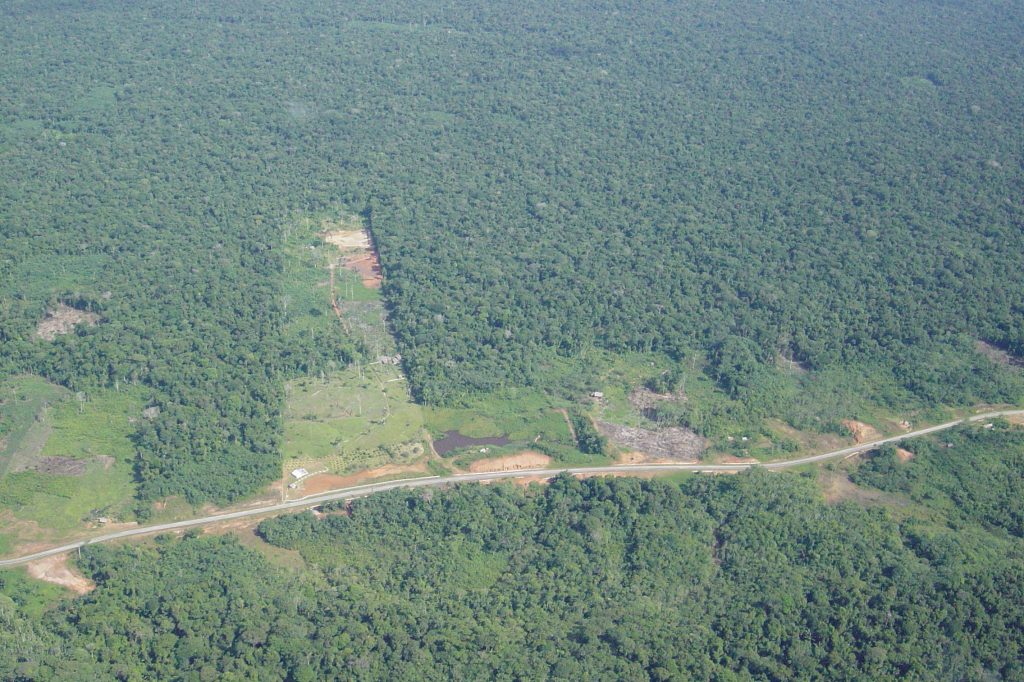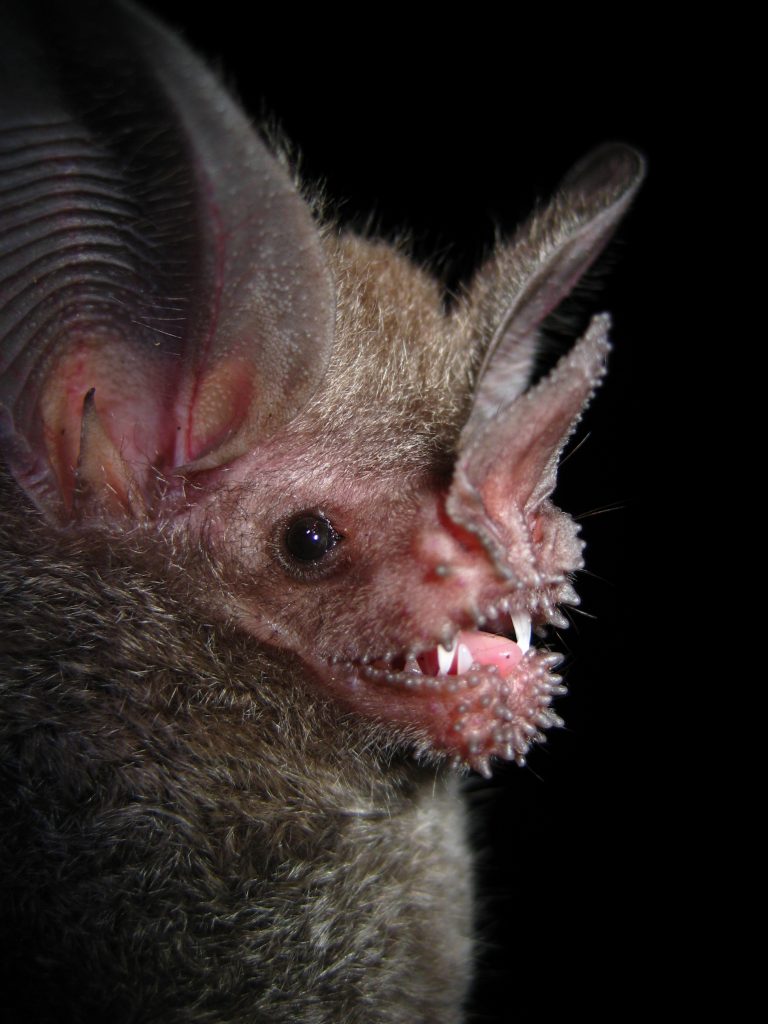In nature, it is often said that there are winners and there are losers. An international team of researchers, that includes researchers from UConn, have found that as tropical forests become increasingly fragmented, some species are at an ever-increasing risk for extinction, especially those dependent on the deeper reaches of the forest.

The study, published today in Nature, was a collaborative effort involving more than 30 researchers from 29 institutions, including UConn ecology and evolutionary biology professor Michael Willig, visiting assistant professor of natural resources and the environment Laura Cisneros, and Brian Klingbeil (formerly of UConn and now at Auburn University), and was led by researchers from Newcastle University and Imperial College London in the U.K.
Focusing on these impacts in depth and at this scale was no easy task, and impossible for a single researcher, says Willig.
“Who has the expertise or the ability to be all over the world studying all these different taxa at the same time? The answer is, nobody. So there was a call to researchers to collaborate.”
Together, the team amassed the largest global data set on species responses to fragmentation to date. They collected species abundance data for more than 1,600 forest vertebrates – amphibians, birds, mammals, and reptiles from Africa, Asia, and South America, and then applied these data to sophisticated spatial and statistical analyses. What they found was that 85 percent of species are now being impacted, some positively, but more species are impacted negatively by forest fragmentation.
“For the first time, we’ve comprehensively and indisputably documented this pervasive phenomenon of forest fragmentation and its effect on all major classes of vertebrates, across the world,” says Willig.
The Importance of the Forest Core

Half the world’s forest habitat is now within 500 meters of a forest edge, due to the expansion of road networks, logging, agriculture, and other human activity, say the researchers. They found that species depending on the core of the forest are most abundant around 200 to 400 meters from the forest edge. Breaking up forests into small, isolated patches pushes more species closer to the forest edge, putting them at risk.
“What we are doing is essentially creating isolated islands of core forest for these species. The areas are becoming more fragmented, populations are becoming smaller, and this can lead to increases in things like inbreeding, which have further deleterious effects that enhance the likelihood of populations going extinct,” Willig says.
The importance of the forest core lies in the fact that different areas of the forest offer different conditions to its inhabitants. The edges of the forest generally have more light, less moisture, and are typically warmer. For forest inhabitants, different animal species are constrained by their needs and demands for these varying conditions. For instance, species more prone to overheating and water loss, like forest core-dwelling amphibians, may quickly die when forced out of the core and into the fringes.

Some animals are acclimatizing or adapting to changes better than others, but for those core-dependent species such as the Sunda Pangolin, the Long-billed Black Cockatoo, and Baird’s Tapir, the findings are critical and show how very vulnerable these species are.
Going forward, the team hopes this data will be useful for implementing conservation efforts and informing land management practices and policies.
Willig says, “This assessment indicates considerable conservation concern, unless a lot of steps are taken, such as reducing habitat fragmentation, restoration of habitats, or creating corridors between fragmented forests, many species are in significant danger of extinction.”
The UConn portion of this research was funded by: Bat Conservation International, Organization for Tropical Studies, American Society of Mammalogists, and UConn’s Center for Environmental Sciences and Engineering and Department of Ecology and Evolutionary Biology.
For more information contact:
Elaina Hancock, UConn: elaina.hancock@uconn.edu
Louella Houldcroft, Newcastle University, United Kingdom: houldcroft@ncl.ac.uk
Marion Pfeifer, Newcastle University, United Kingdom: pfeifer@ncl.ac.uk
Michael Willig, University of Connecticut, United States: willig@uconn.edu



